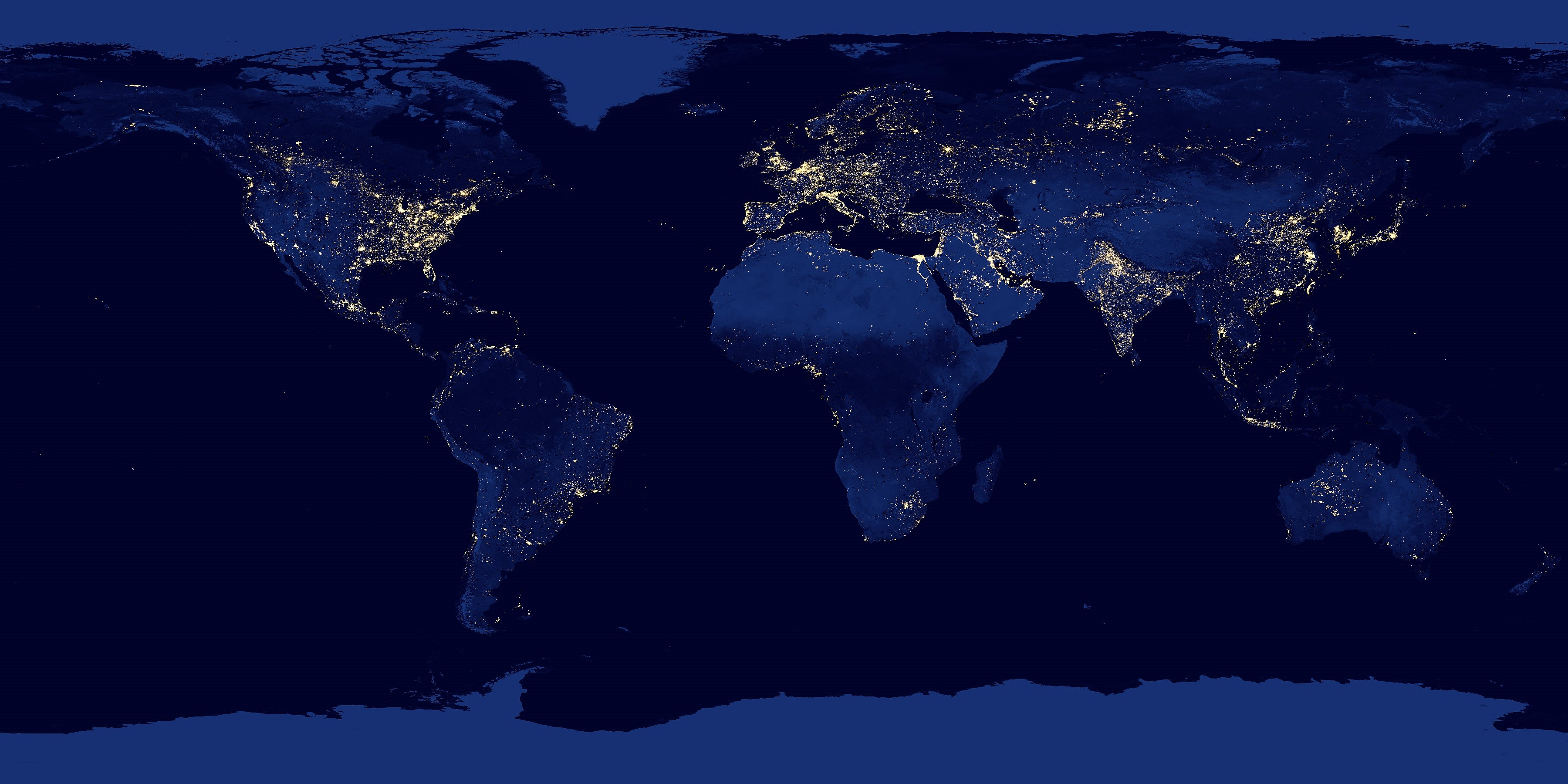A basic commodity that Americans often take for granted is sadly lacking across wide portions of the world.
Global electrification reached 91 percent in 2021, a modest improvement since 2016.
According to the International Energy Agency, in 2022 the number of people without electricity access across the globe reached 760 million. However, progress remains uneven, with most of the people who have gained access since 2010 concentrated in Asia. Almost 1 billion people have gained access to electricity in developing Asia since 2010, most of them in India.
In Africa the number of people with access to electricity increased from 580 million in 2019 to 600 million today. Today, less than a fifth of African countries have targets to reach universal electricity access by 2030.
The benefits of greater electricity availability are dramatic and undeniable. As the repository of the world’s largest economically recoverable coal reserves, the United States has an important role to play in continuing the advancement of human living conditions around the world.
For more information visit:
- Global Tracking Framework interactive website to track progress toward sustainable energy goals.
- International Energy Agency World Energy Outlook 2024

